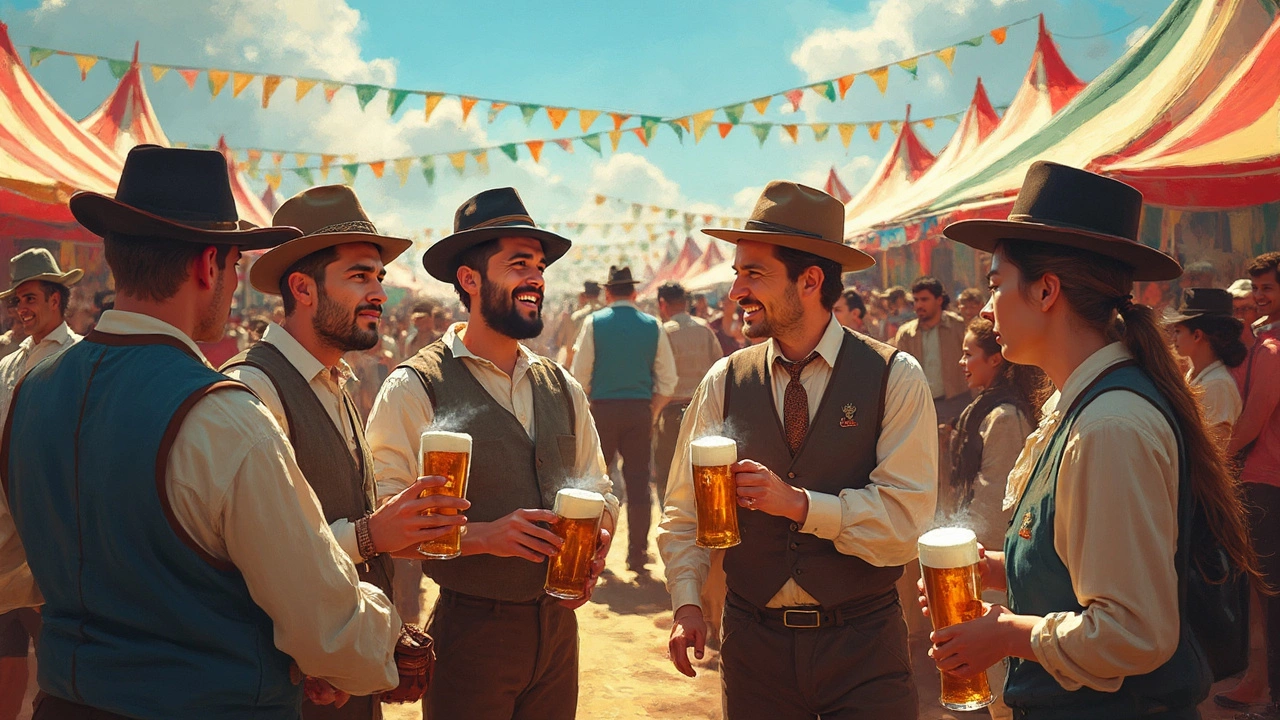Beer Industry Insights: Trends, Growth, and What’s Brewing Now
If you’ve ever wondered why your local tap feels different from a year ago, the answer lies in a fast‑changing beer industry. Sales numbers, new flavors, and greener brewing methods are reshaping what ends up in your glass.
Market size and growth
The global beer market topped $600 billion last year and is still climbing. While big brands hold the bulk of sales, they’re losing ground to smaller brewers who appeal to niche tastes. In the U.S., craft beer now makes up about 25 % of total volume, and the trend spreads across Europe and Asia. That means more variety on shelves and a bigger share of the pie for independent breweries.
Growth isn’t just about volume. Premium and specialty beers command higher prices, boosting revenue even when overall consumption dips. Consumers are willing to pay extra for unique hops, barrel aging, or a story behind the label.
Key trends shaping the industry
1. Craft explosion – New breweries are popping up in unexpected places, from tiny towns to rooftop labs. Many focus on local ingredients and limited‑run releases, creating buzz that drives foot traffic.
2. Sustainability – Water‑saving technologies, renewable energy, and circular packaging are becoming standard. Brewers report up to 30 % lower water use by recycling heat and re‑using grain for animal feed.
3. Tech integration – Automation, AI‑driven recipe development, and blockchain for traceability are moving from experimental to mainstream. These tools help keep costs low while ensuring consistency.
4. Health‑forward options – Low‑calorie, low‑alcohol, and non‑alcoholic beers are gaining shelf space. Brands are tapping into wellness trends without sacrificing flavor.
5. Global flavors – Hops from New Zealand, yeast strains from Belgium, and fruit infusions from the tropics are now common. Consumers crave world‑tour experiences without leaving the bar.
Regulation also plays a role. Some regions are relaxing advertising rules, while others tighten excise taxes to curb over‑consumption. Brewers must stay agile, adjusting pricing and marketing to match policy shifts.
For anyone interested in the beer world—whether you’re a casual drinker, a budding brewer, or a retailer—keeping an eye on these patterns can help you make smarter choices. Look for beers that list sustainability metrics on the label, try limited‑edition releases to support local creativity, and don’t overlook the growing non‑alcoholic segment if you’re watching calories.
Bottom line: the beer industry is more than just lager and ale. It’s a dynamic mix of big‑brand power, craft innovation, eco‑conscious practices, and tech‑driven efficiency. The next time you raise a glass, you’ll know a little more about the forces that got it there.
Stella Artois has stirred quite a buzz at beer festivals due to some controversies surrounding its brewing practices and market strategies. As traditional beer lovers debate its authenticity and quality, Stella's global popularity continues to grow. Discover the intriguing factors fueling this divide and explore the impact on its reputation among beer enthusiasts. Whether you're a long-time fan or a curious newcomer, getting the full picture of this debated brew might change the way you pop that next cap.
View Details

